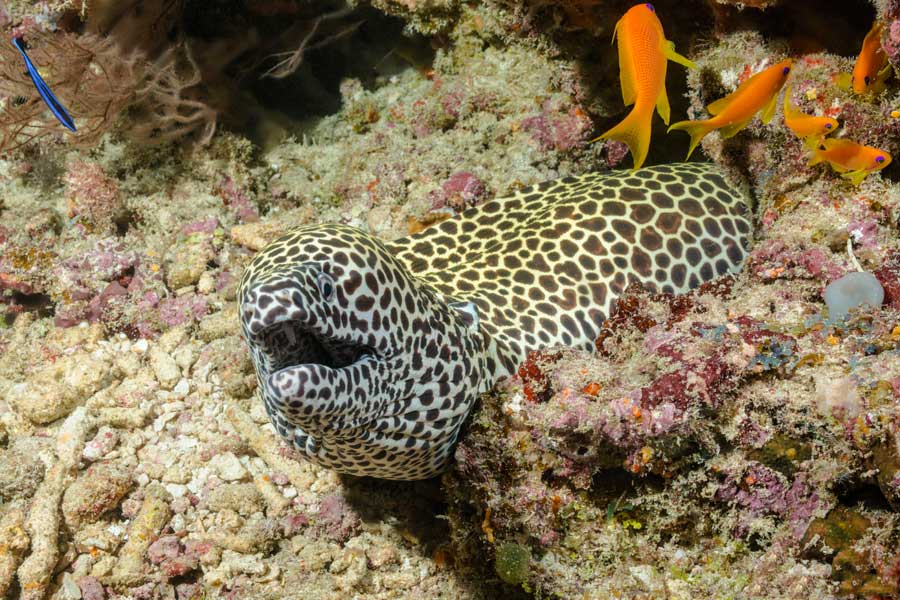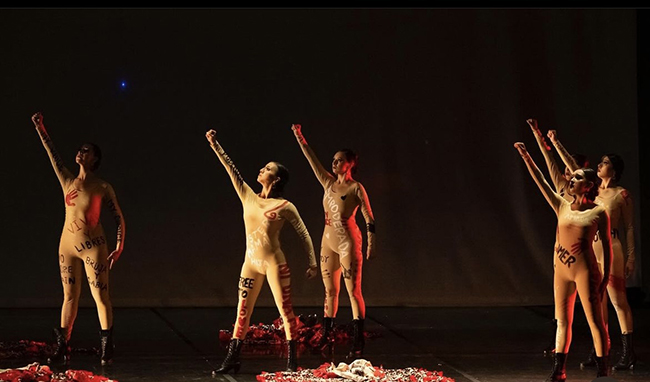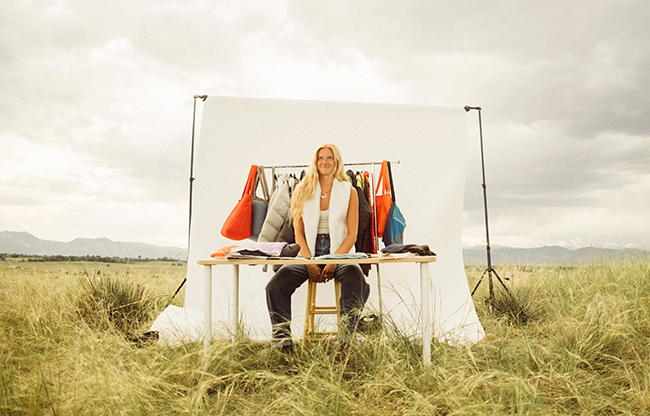Landlocked Boulderites Take to the Sea
07 Dec 2016
The Wonderful World Below
By Shannon Burgert Coloradans are known for their active pursuits—skiing, hiking, cycling, the list goes on. But diving? Yep, despite being a thousand miles from the nearest ocean, the state with the most certified scuba divers per capita is Colorado.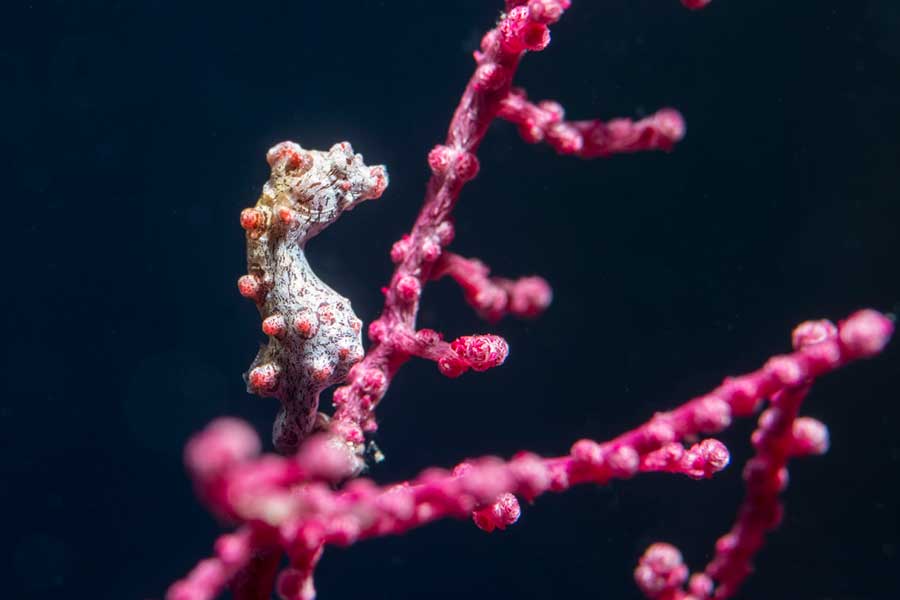
A Whole New World
Ask scuba divers why they love to dive, and their eyes immediately light up. They relax, smile and wax poetic about the wonders of the ocean, from hammerhead sharks to disco clams, whose lips light up, flashing on and off. When majestic eagle rays glide by, time slows down. Local musician Katherine Dines, who got her scuba certification in 1978, became fascinated with muck diving in the Solomon Islands. “There were so many wondrous things that were really, really small,” she says, explaining that we tend to seek out the bigger creatures. With the help of a magnifying glass, Dines peered at red pygmy seahorses camouflaged on a giant sea fan. She says muck diving over the seafloor’s sediments gives her a better understanding of how wealthy the ocean is. “You could probably pick up a handful of seawater and it would be as big as the world.” Night diving, too, delighted Dines, who had no idea that the underwater life would differ so much from the creatures she saw during the day.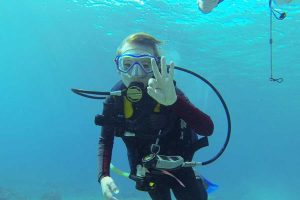
High Diving
Colorado isn’t known for its diving, but our landlocked state boasts more than 2,000 lakes and reservoirs. “Local diving can best be described as cold, dark and limited. But that doesn’t mean that it’s not fun!” Young says, laughing. Among his favorite spots is Turquoise Lake, at 9,500 feet near Leadville. (The altitude limit for recreational diving is 10,000 feet.) Young combines scuba diving, hiking and fly-fishing when he camps there. The visibility in the lake is 20 to 30 feet, which “doesn’t sound like much, but if you can see past the end of your arm in a mountain lake, that’s good.” Another popular local dive spot is Aurora Reservoir, commonly used as a training location through the summer. While the reservoir may not be a destination dive spot, Ben Calkins enjoyed a recent dive there to see a Cessna 310 airplane, deliberately sunk on the otherwise featureless bottom (which does host a few crawdads). “It was really low visibility and it was pretty cold, so as you got down it had an eerie feel to it,” he says. The West is romanticized for its mountain ghost towns, but near Gunnison three ghost towns come with a twist—they’re underwater. When Blue Mesa Reservoir was born with the completion of the Blue Mesa Dam in 1965, the towns, highways and railroad bridges were submerged. Boats and a wrecked airplane also rest on the bottom of the reservoir, which is Colorado’s largest body of water. Salmon, trout and crayfish are the reservoir’s main creatures. The best diving runs from August through late October. Another draw for Colorado’s lakes? They prepare you for diving in less-than-agreeable conditions.Ready to Dive In?
Local dive shops offer certification through PADI and SSI, both internationally recognized training organizations. Certification consists of study at home, classroom time, pool sessions and four open-water “checkout” dives that can be completed in a weekend. Certification costs start at about $550, but that varies depending on the organization you certify with and where you complete your open-water dives.